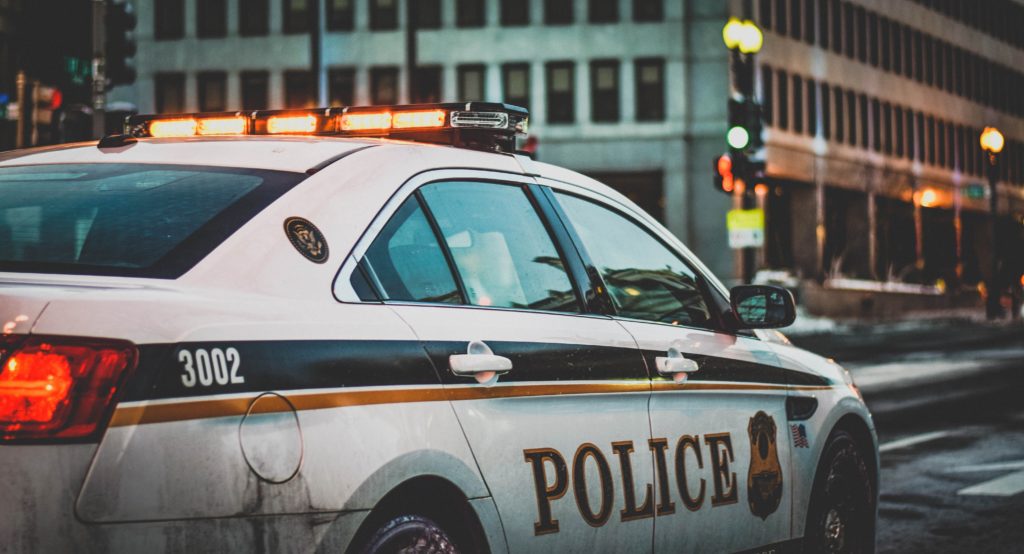The Ohio Supreme Court recently issued a ruling that changes what drivers must provide at the time of an accident. These changes impact Ohio’s laws for leaving the scene of an accident, also known as “Hit and Skip.”
In State v. Bryant, 2020-Ohio-1041, The Supreme Court of Ohio states that a driver does not violate Section 4549.02, Leaving the Scene of an Accident, when the driver gives his or near name, address, and registered number to the other driver before leaving the accident scene. A driver does not need to wait for an officer to arrive unless he or she knows that an officer has been called or is on the way to the scene.
PREVIOUS “HIT AND SKIP” RULES IN OHIO: MUST ALWAYS WAIT FOR OFFICER TO ARRIVE
Traditionally, whenever an accident occurred, drivers had to give their information to the other driver and also wait for police to arrive and provide their information to the officer. Many drivers ran into issues, and were cited for “Hit and Skip” when they exchanged information to the other driver, but did not wait for police to arrive because were unaware that was a requirement of the statute.
In the Bryant case, the Defendant was in an accident and exchanged information with the other driver. The two individuals spoke about the accident, and after the Defendant left the scene the other driver called the police. The Defendant had no knowledge that the other driver called the police, but was still cited for “Hit and Skip” because the state argued that it was required of him to remain at the scene until an officer arrives.
NEW HIT SKIP RULES: WAIT FOR OFFICER ONLY IF YOU KNOW POLICE WERE CALLED
The Supreme Court has determined that drivers involved in accidents do not need to remain at the scene once information has been exchanged between the drivers. A driver only needs to wait for police if the other driver is too injured to exchange information or if he or she knows the police are already responding.
Based on the new interpretation, the Supreme Court threw out the Defendant’s conviction for “Hit and Skip” because the Defendant exchanged information with the other driver, who was not injured, and did not know the police had been called or were responding.
QUESTIONS OVER REGISTRATION NUMBER
A question that arose in State v. Bryant, Slip Opinion No. 2020-Ohio-1041, is what is the “registered number” that a driver must provide to the other individual when an accident occurs.
The State argued in Bryant, that the registered number is the information contained within the vehicle’s registration information that is on file with the Ohio BMV. The Defendant argued that the registered number is merely the vehicle’s license-plate number, as that is the unique identifier for each vehicle in the state.
The Supreme Court sided with the Defendant, and stated, “We hold that the ‘registered number’ of a motor vehicle, as used in R.C. 4549.02, is the license-plate number associated with the vehicle.”
It is important to contact an attorney who is knowledgeable about all possible defenses available to you including whether you complied with all requirements at the scene of an accident. If you have questions about your Columbus criminal or OVI related charges, talk to our defense attorneys at 614-361-2804.



